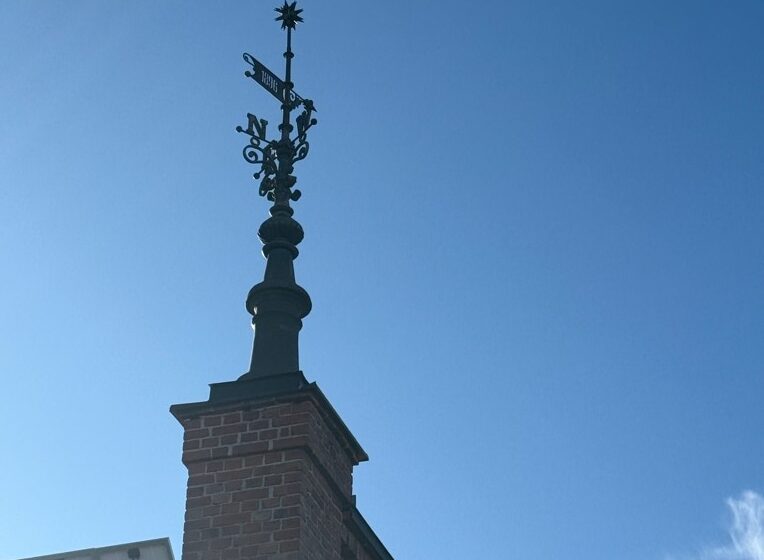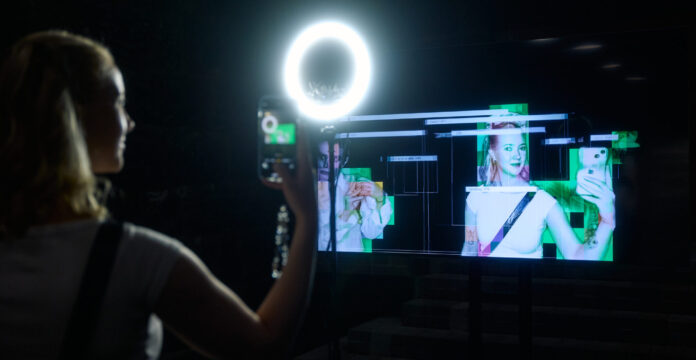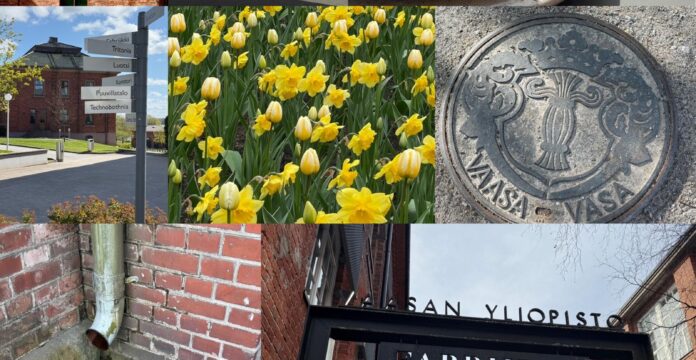Blog 4
I’ve been delving into the history of the industrial buildings on campus, currently known as Technobothnia and Fabriikki, and learning about the architectural features, the original cotton factory and the key people who were instrumental in the early development of this impressive site.

Some small details, artfully incorporated around the university, provide clues for the curious. The bronze bust of August Alexander Levòn – Counsellor for Commerce and Vaasa Cotton Manufacturing Company founder, the ornate weathervane that proudly recognises 1896, the year operations began, and the beautifully smooth and concave stone treads in the original stairwell, that hint at the volume of workers that filed in and out of the factory, over more than 120 years.
For deeper insight, I visited the wonderful Ostrobothnia Museum and was delighted to find a great collection of photographs, memorabilia and even the full reproduction of a worker’s bedroom on display. I was quite charmed by the story of the “Cotton Girls” that highlighted the role that women have played, from the very beginning, in providing labour for the industrialisation of the region. One such woman was ‘Anna’ (1867-1959) originally from the village of Pirttikylä. Anna moved into the city for work, which although it consisted of 12-hour days of hard work, being a ‘cotton girl’ was considered preferable to country labouring. The weekly pay was attractive too, and single women could lead independent lives. Anna’s belongings were donated to the museum, they provide a glimpse back in time and include furniture, clothing (some embroidered with her initials) and treasured items, including wedding linens. It was also interesting to me that the first day care centre for children of the female workers was founded in Palosaari in the late 1800’s.
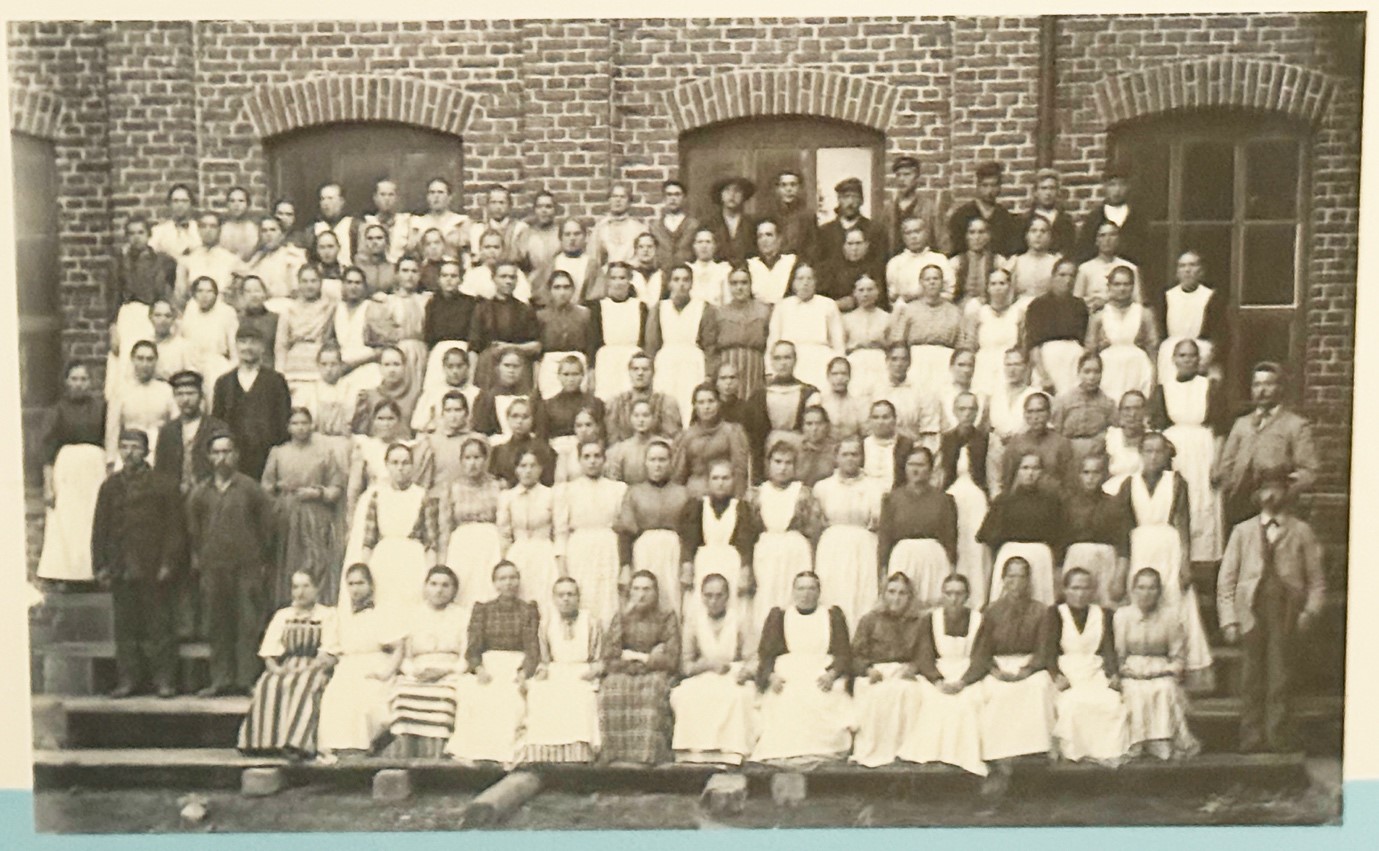
If you haven’t been to the museum, I’d recommend a visit. It’s often the way that we don’t play tourist in our own town, I’m guilty of that myself, but it’s a great way to learn some very cool stories. Top tip too, you get entry into multiple sites with a ticket so it’s great value! Anyway, I digress..
I was struck by something else when I looked at the old photographs of the workers gathered outside the factory, and that was an uncanny sense of familiarity. It’s not the first time since visiting Vaasa that I’ve been astounded by the parallels between this place and my home city of Geelong. Let me elaborate, and perhaps you can see some correlations for yourself. Geelong Waterfront Campus of Deakin University (where I currently study) is housed in a former Wool Store/Factory that was built in 1893; it too, is red brick. Geelong is a seaside city with popular beaches and a busy port. There is a large passenger ferry terminal, and an oil refinery. While health and education are now Geelong’s largest employment sectors, the city was founded on textiles, farming, and manufacturing. I’ve included some visual prompts to support my case. What do you think?
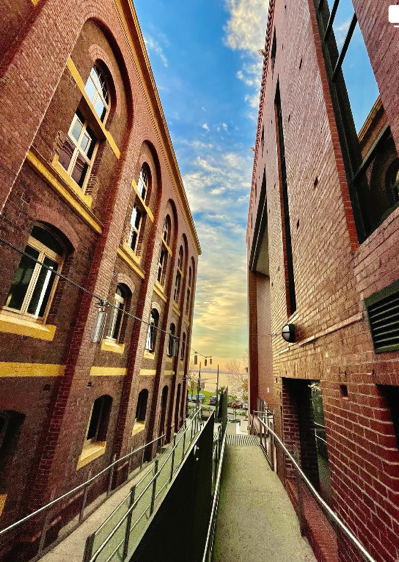
Anyway, back to the Cotton Factory. The significance of this industrial plant with respect to the economic development of Vaasa and the broader region was enormous. The mill contributed to the urban growth of the city, with the increasing number of workers leading to increased housing and civic infrastructure. As many of the employees were women, it could be argued that the Cotton Mill and similar manufacturing industries in the region, were the first to take the early steps towards a shift in gender roles and the societal equity that is enjoyed in Finland today. In addition to that cultural shift, because the positions were relatively well paid, the Mill directly contributed to development of a working-class identity and the subsequent early forms of unionisation and social advocacy. I’d even suggest that the Mill worker’s childcare centre is proof.
The introduction of new technologies like spinning, weaving and steam power saw the Cotton Mill lead the way in mechanised production, skills development, and product diversification which in turn inspired further industrial development and investment into the region. I personally love just how neatly that fact connects to its current iteration. Today the University of Vaasas’ Technobothnia and the VME Interaction Design Environments, are nurturing are the current pioneers in future thinking, adopters of new technologies and experimental learners. I like to think that Levón would be delighted to see the spaces being used as they are now. I’m also pretty sure that the original architects and builders of the magnificent factory would be impressed with the respectful renovations that have occurred over its recent history.
LPR Architects who worked on the renovation of Technobothnia claim
“From an architecture-history standpoint the most valuable section is the textile factory hall and its saw-tooth roof with wooden beams supported by cast iron pillars. The main goals of the repair and conversion work were to create an atmosphere comparable to the textile factory and restore the factory hall, which had been divided by temporary structures, to its original open space. Laboratories are separated from corridors and one another with open steel dividers and wire-mesh walls that are as low and open as possible.”

I’m sure you’d agree they did a brilliant job!
https://ark-lpr.fi/en/projekti/technobothnia-research-centre-vaasa/
Hope you all have a wonderful Easter break!
Kiitos,

Katey
